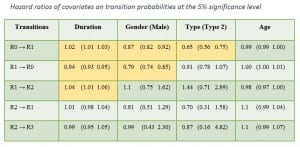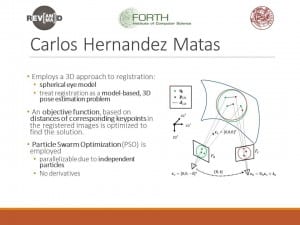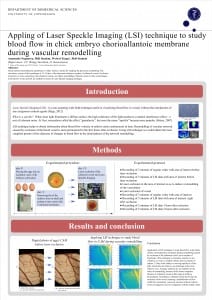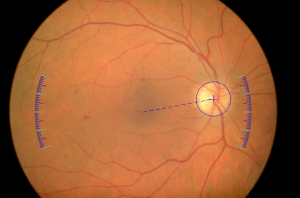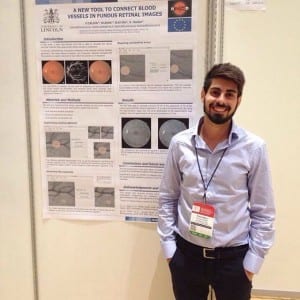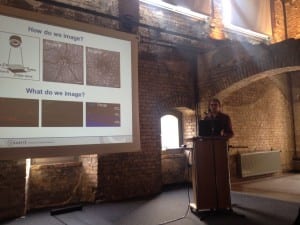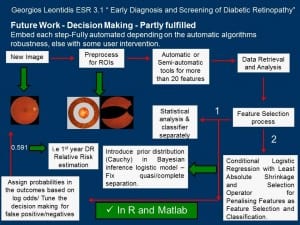In this reporting period, the risk of progression to the different states of diabetic retinopathy (R0, R1, R2 and R3) was estimated based on data collected from patients attending systematic retinal screening in the region of East Anglia. There was a total of 14,348 patients who were followed up for a time period of 6 years for whom the duration of diabetes, type of diabetes, age and gender were recorded.
The risk could be estimated for the cohort as well as for each individual based on their clinical profile. During the validation stage, the observed number of patients in each state was compared against the expected number of patients according to the risk estimation. There was a good approximation for the first two states and a mediocre approximation for the last two, primarily due to a small number of available data for these two states. The duration of diabetes, the type of diabetes and the gender were found to have a significant effect on the risk of transitioning in some states as can be seen in the picture attached.
For future steps, I wish to enhance the accuracy of the risk estimation by deploying more data from the more advanced states and more predictors.
